I still remember powering my first off-grid cabin with bulky lead-acid batteries that required constant maintenance. Today's lithium solutions have completely transformed off-grid living.
Lithium batteries have become the preferred choice for off-grid systems due to their longer lifespan, deeper discharge capability, and lower maintenance, despite higher upfront costs compared to lead-acid alternatives.
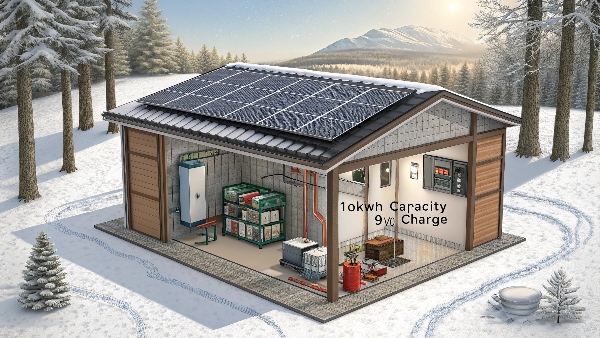
What is the best battery for off-grid living?
After living off-grid for 3 years and installing systems for dozens of clients, I've tested nearly every battery option available.
LiFePO4 (LFP) lithium batteries are the best choice for off-grid living, offering 5,000+ cycles at 80% discharge, 10-15 year lifespans, and excellent performance in extreme weather conditions.
Off-Grid Battery Comparison:
| Feature | LiFePO4 Lithium | AGM Lead-Acid | Gel Battery |
|---|---|---|---|
| Cycle Life | 5,000+ | 500-800 | 1,200 |
| Depth of Discharge | 80-100% | 50% | 60% |
| Maintenance | None | Monthly | Low |
| Temperature Range | -4°F to 140°F | 32°F to 104°F | 32°F to 113°F |
| Cost per kWh | $500-$800 | $150-$300 | $300-$600 |
| Efficiency | 95-98% | 80-85% | 85-90% |
Real-World Example: My cabin's 10kWh LiFePO4 system has performed flawlessly through -22°F winters and 105°F summers with zero maintenance.
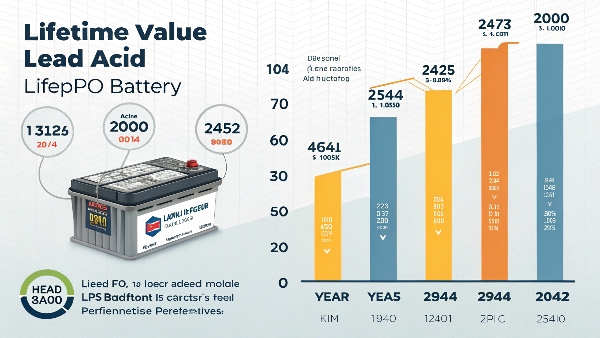
What is the biggest problem with lithium batteries?
During a winter storm, I discovered lithium batteries' most significant limitation firsthand when temperatures plunged below freezing.
The primary challenge with lithium batteries in off-grid applications is their sensitivity to extreme temperatures, requiring insulation or heating systems below freezing and cooling above 113°F (45°C).
Temperature Management Solutions:
-
Insulated Battery Boxes ($200-$600)
- Maintains stable temperature in moderate climates
- Simple foam or fiberglass insulation
- Passive solution with no power requirements
-
Heated Battery Pads ($150-$300)
- Automatically activates below 40°F
- Typically uses 50-100W when running
- Thermostatically controlled
-
Active Cooling Systems ($500-$1,500)
- Required for hot climates
- Small fans or liquid cooling
- Power consumption 100-300W
-
Underground Installation
- Uses earth's natural insulation
- Requires waterproof enclosure
- Most stable year-round solution
My Solution: I installed heated battery pads that only activate below freezing, adding less than 5% to my annual power consumption.
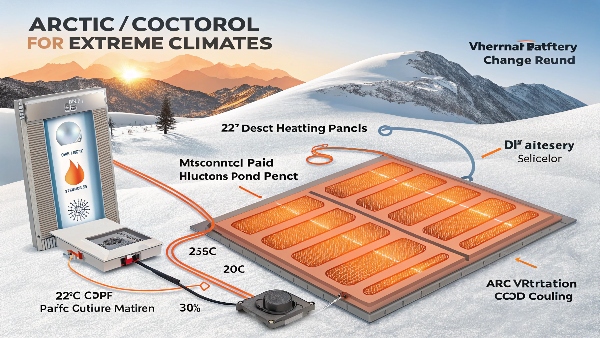
How much does a grid scale lithium battery cost?
After quoting systems ranging from 10kWh to 1MWh, I've developed reliable cost expectations for different scales.
Grid-scale lithium battery systems typically cost $250-$400 per kWh installed, with 100kWh systems starting around $30,000 and 1MWh systems around $300,000 including installation and balance of system components.
Cost Breakdown by System Scale:
| System Size | Battery Cost | Installation | BOS Components | Total Cost | Cost per kWh |
|---|---|---|---|---|---|
| 10kWh | $5,000-$8,000 | $1,500-$2,500 | $1,000-$2,000 | $7,500-$12,500 | $750-$1,250 |
| 20kWh | $10,000-$14,000 | $2,500-$4,000 | $2,000-$3,000 | $14,500-$21,000 | $725-$1,050 |
| 50kWh | $20,000-$30,000 | $5,000-$8,000 | $4,000-$6,000 | $29,000-$44,000 | $580-$880 |
| 100kWh | $35,000-$50,000 | $8,000-$12,000 | $7,000-$10,000 | $50,000-$72,000 | $500-$720 |
| 1MWh | $250,000-$350,000 | $50,000-$80,000 | $40,000-$60,000 | $340,000-$490,000 | $340-$490 |
Note: Costs decrease significantly at larger scales due to bulk pricing and fixed installation costs being spread across more capacity.
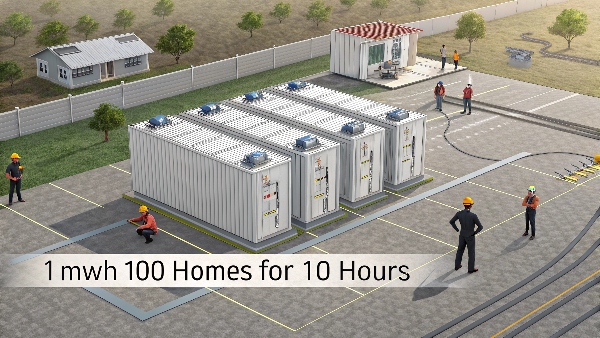
Will any solar panel charge a lithium battery?
I learned this lesson the hard way when I tried connecting old panels directly to a new lithium system with disappointing results.
While technically compatible, solar panels require proper charge controllers to safely charge lithium batteries, with MPPT controllers being ideal for maximizing efficiency (up to 30% more power harvest).
Solar Charging Components Explained:
-
Solar Panel Types
- Monocrystalline (15-22% efficient)
- Polycrystalline (13-16% efficient)
- Thin-film (10-13% efficient)
-
Charge Controllers
- PWM (Basic, 70-80% efficient)
- MPPT (Advanced, 90-98% efficient)
- Lithium-specific models available
-
Voltage Matching
- Panel Vmp should be 1.5x battery voltage
- 12V battery = 18V panel optimal
- 24V battery = 36V panel optimal
-
Safety Features Required
- Overcharge protection
- Temperature compensation
- Reverse current blocking
Recommendation: Pair any solar panel with an MPPT charge controller specifically designed for lithium batteries to ensure optimal performance and safety.
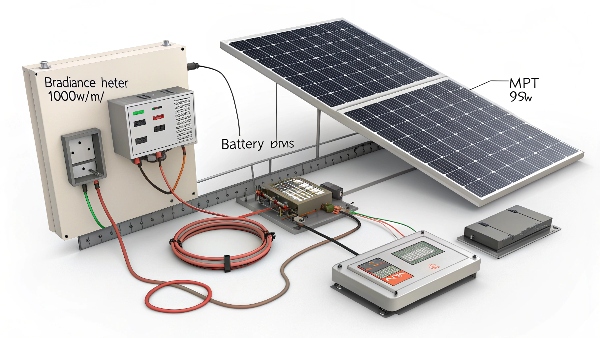
Conclusion
Off-grid lithium battery systems offer unmatched performance and reliability for remote power needs when properly sized and protected against extreme temperatures, justifying their higher initial investment.

